When it comes to adding gourmet flair and nutrition to home-cooked meals, oyster mushrooms are taking center stage in American kitchens. Known for their delicate texture, mild seafood-like flavor, and impressive health benefits, oyster mushrooms are a staple ingredient in farm-to-table restaurants and increasingly popular among home chefs.
From hearty stir-fries and creamy pastas to vegan “pulled pork” and mushroom tacos, oyster mushrooms can transform ordinary recipes into extraordinary culinary experiences. Beyond their taste, these versatile fungi are also packed with protein, antioxidants, and immune-boosting compounds—making them a top choice for anyone looking to eat well and live well.
In this comprehensive guide, we’ll dive into the fascinating world of oyster mushrooms—their varieties, nutrition, health benefits, cooking techniques, and how to grow them at home.
1. What Are Oyster Mushrooms?
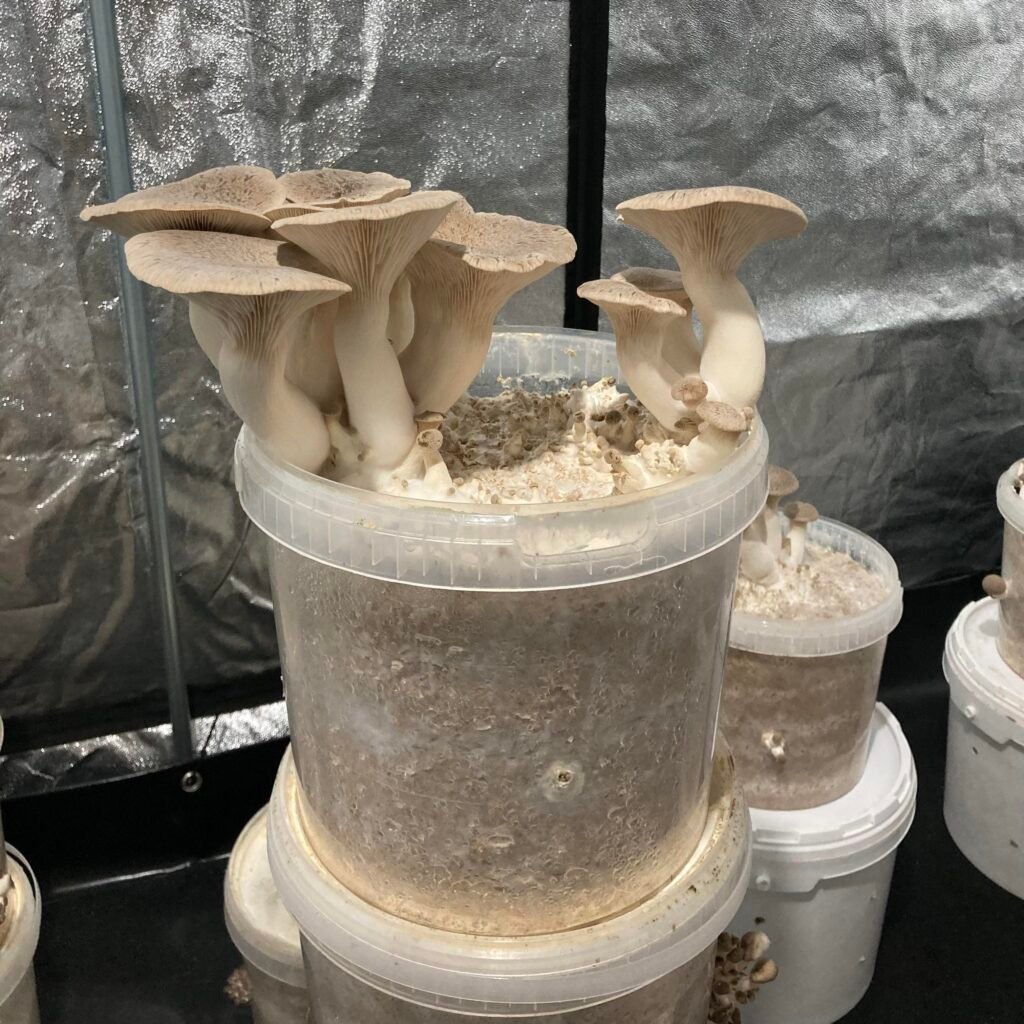
Oyster mushrooms (Pleurotus ostreatus) get their name from their oyster-shaped caps and subtle seafood-like flavor. They grow naturally on decaying hardwood trees, but today they’re also cultivated worldwide for their culinary and medicinal value.
These mushrooms have a velvety texture and a mild, savory taste that pairs beautifully with a wide range of ingredients—from garlic and butter to soy sauce and herbs. In the United States, oyster mushrooms are a favorite among chefs for their ability to absorb flavors and create a rich umami depth in both meat-based and plant-based dishes.
Oyster mushrooms come in several stunning varieties, including:
- Pearl Oyster: The most common type, with pale white caps and a delicate flavor.
- Blue Oyster: Slightly firmer texture, popular for stir-frying and grilling.
- Golden Oyster: Bright yellow hue and a fruity, aromatic flavor.
- Pink Oyster: Vibrant pink caps with a strong, smoky aroma.
- King Oyster (Trumpet): Thick stems and meaty texture, great for grilling or roasting.
Each variety offers a unique flavor profile, making oyster mushrooms one of the most visually appealing and flavorful fungi available in American markets today.
2. The Rising Popularity of Oyster Mushrooms in America
The demand for oyster mushrooms has skyrocketed across the U.S., thanks to the growing plant-based movement and increased awareness of functional foods. These mushrooms are now found in:
- Farmers’ markets and organic grocery stores
- High-end restaurants and vegan eateries
- Health-conscious meal prep services
Their ability to mimic the texture of seafood or meat makes them a favorite among vegans, vegetarians, and flexitarians. For example, shredded oyster mushrooms are commonly used in vegan pulled pork sandwiches, tacos, or BBQ sliders—offering the same hearty mouthfeel as meat, but with far fewer calories and no cholesterol.
Moreover, small farms across the U.S. are embracing urban mushroom cultivation, growing oyster mushrooms in controlled environments using recycled agricultural waste such as coffee grounds or straw. This sustainable approach has made oyster mushrooms a symbol of eco-friendly food innovation in America’s culinary scene.
3. Nutritional Profile of Oyster Mushrooms
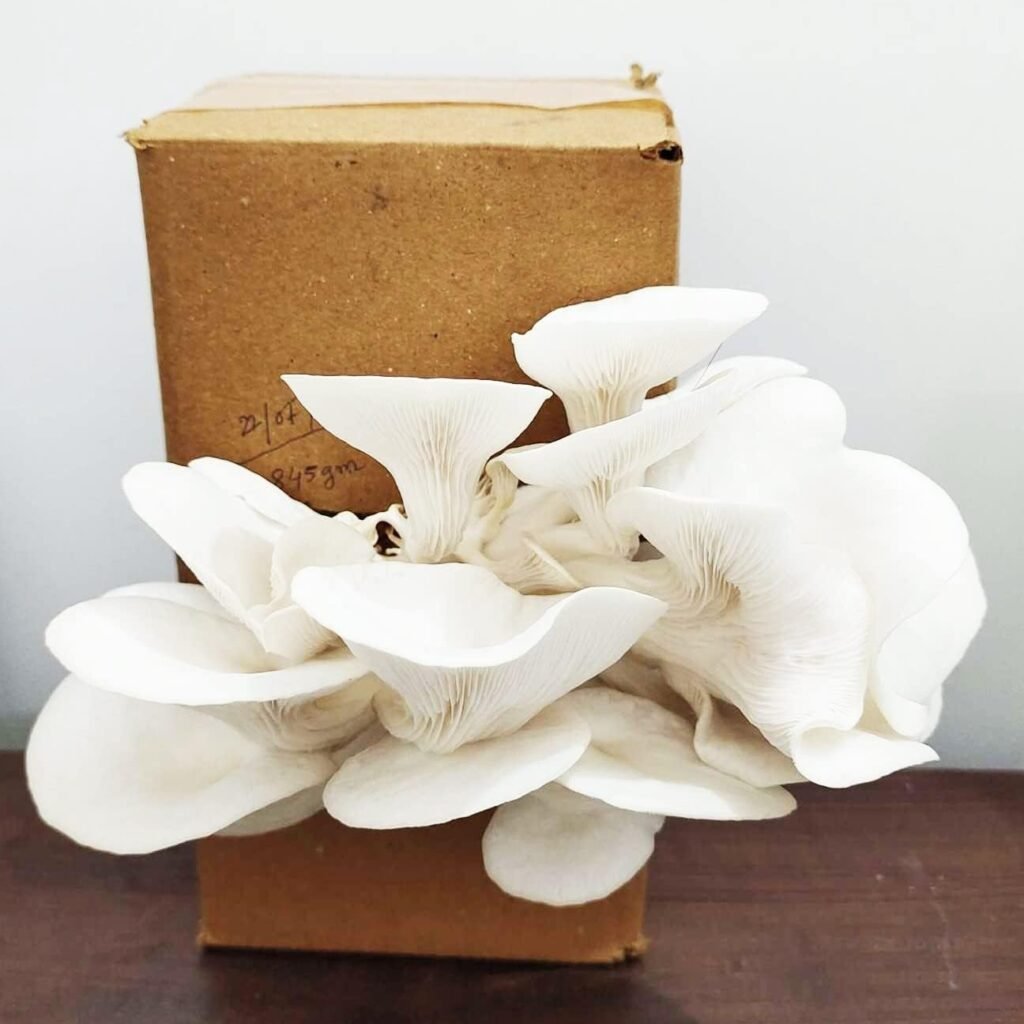
Oyster mushrooms are not only delicious but also nutrient-dense and low in calories. Here’s what makes them a true superfood:
a. Macronutrients (per 100 grams)
- Calories: 33
- Protein: 3.3 g
- Fat: 0.4 g
- Carbohydrates: 6 g
- Fiber: 2.3 g
b. Vitamins and Minerals
- Rich in B vitamins (B1, B2, B3, B5, B6) for energy metabolism
- High in potassium, which supports heart health
- Contains iron, zinc, and phosphorus
- Excellent source of vitamin D when exposed to sunlight or UV light
c. Key Health Compounds
- Beta-glucans: Strengthen the immune system and improve gut health
- Ergothioneine: A powerful antioxidant that helps reduce inflammation
- Lovastatin: Naturally helps lower cholesterol levels
In short, oyster mushrooms are a nutritional powerhouse that supports immunity, heart health, and metabolism—all while being light, tasty, and easy to digest.
4. Top Health Benefits of Oyster Mushrooms
Oyster mushrooms are often referred to as “functional foods” because they don’t just provide nutrients—they actively promote better health.
1. Boosts Immunity
Rich in polysaccharides and beta-glucans, oyster mushrooms strengthen immune defenses and help the body fight infections.
2. Supports Heart Health
Studies show that oyster mushrooms naturally contain lovastatin, a compound that can help lower LDL (bad) cholesterol and promote better cardiovascular health.
3. Aids in Weight Management
Their low calorie, high fiber content helps you feel full longer, making them ideal for weight loss and balanced diets.
4. Fights Inflammation and Oxidative Stress
Oyster mushrooms are loaded with antioxidants that reduce inflammation, combat stress-related cell damage, and may help slow aging.
5. Regulates Blood Sugar
The fiber and beta-glucans in oyster mushrooms help balance blood sugar levels, supporting those with diabetes or metabolic disorders.
6. Supports Brain and Nerve Health
Thanks to their high niacin and folate content, oyster mushrooms contribute to better cognitive health and nerve function.
5. Cooking with Oyster Mushrooms
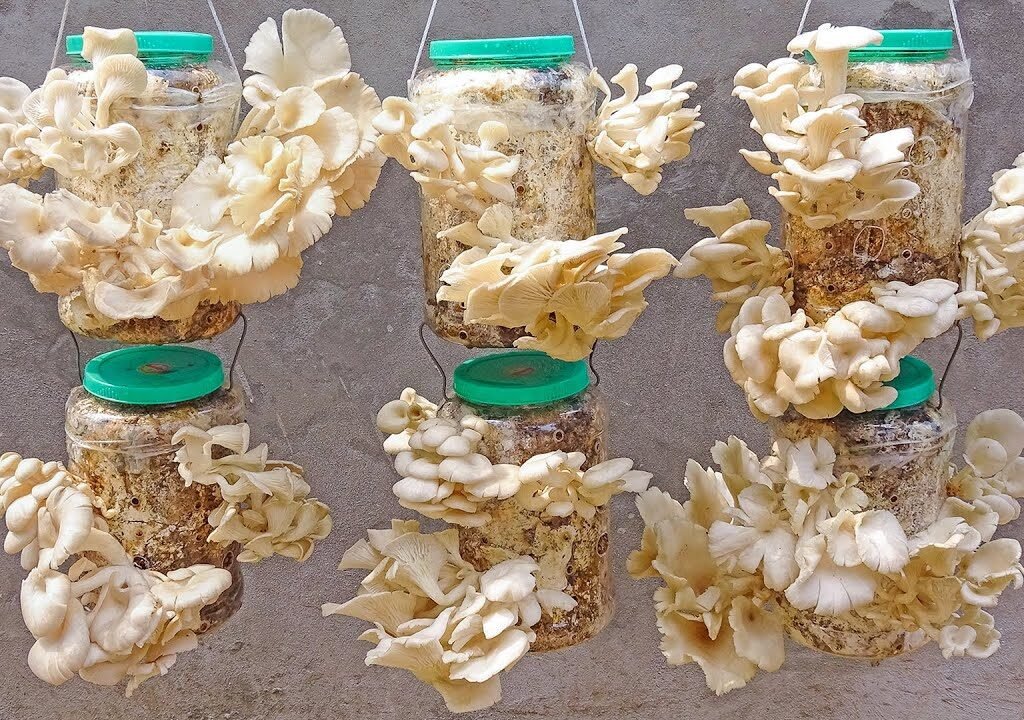
Oyster mushrooms shine in the kitchen thanks to their tender texture and ability to soak up flavors. They can be cooked in countless ways—grilled, sautéed, roasted, or even deep-fried.
a. Cleaning Tips
Avoid soaking mushrooms in water; instead, wipe them clean with a damp cloth or brush to preserve their texture.
b. Cooking Methods
- Sauté: Heat olive oil or butter with garlic, add sliced oyster mushrooms, and cook until golden brown.
- Grill: Brush with olive oil, season with herbs, and grill until slightly crisp.
- Roast: Toss in olive oil, salt, and pepper; roast at 400°F until caramelized.
- Stir-fry: Add to Asian-style noodles or rice dishes with soy sauce and sesame oil.
- Crispy Snack: Coat in light batter, fry until golden, and season with paprika for a crunchy appetizer.
c. Flavor Pairings
Oyster mushrooms pair beautifully with:
- Garlic, onion, and shallots
- Butter, olive oil, and soy sauce
- Lemon juice, white wine, and balsamic vinegar
- Fresh herbs like thyme, rosemary, and parsley
Their mild, seafood-like flavor makes them ideal for pairing with both vegetables and proteins like chicken, shrimp, or tofu.
6. Delicious American-Inspired Oyster Mushroom Recipes
Here are a few easy and popular ways to incorporate oyster mushrooms into your meals:
1. Vegan “Pulled Pork” Sandwich
Shred king oyster mushrooms, sauté with BBQ sauce, and serve on toasted buns with slaw. It’s smoky, juicy, and entirely plant-based.
2. Creamy Oyster Mushroom Pasta
Cook mushrooms in garlic, butter, and white wine, then toss with pasta and cream for a rich, comforting dish.
3. Crispy Oyster Mushroom Tacos
Deep-fry battered oyster mushrooms, top with guacamole, salsa, and lime for a Tex-Mex twist.
4. Mushroom Stir-Fry Bowl
Combine oyster mushrooms, bell peppers, and broccoli with soy sauce and sesame oil for a fast, healthy meal.
5. Garlic Butter Roasted Oyster Mushrooms
Bake whole oyster clusters with herbs, garlic, and butter until golden—perfect as a side dish or toast topping.
7. How to Grow Oyster Mushrooms at Home
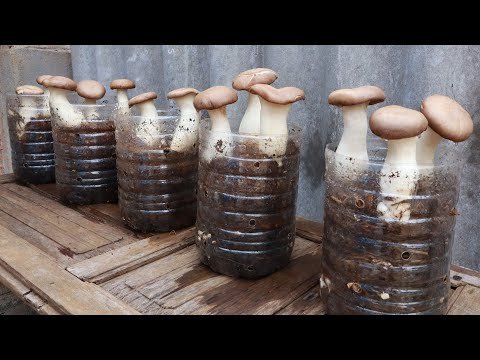
Oyster mushrooms are among the easiest mushrooms to cultivate at home, making them a fun project for beginners and food enthusiasts alike.
What You’ll Need
- Oyster mushroom spawn
- A growing medium (straw, coffee grounds, or sawdust)
- A plastic or grow bag
- A humid, shaded environment
Steps to Grow
- Mix mushroom spawn with the growing medium.
- Keep the bag in a warm (65–75°F), dark place for 2–3 weeks.
- Once white mycelium covers the substrate, move the bag to indirect light.
- Mist daily to maintain humidity.
- Harvest when caps are fully open and edges start to curl.
Within a month, you’ll have a fresh harvest of oyster mushrooms ready to cook—and you can regrow multiple batches from the same substrate!
8. Buying and Storing Oyster Mushrooms
When buying oyster mushrooms, look for:
- Firm, plump caps
- No slimy or dark spots
- Pleasant, earthy aroma
Storage Tips
- Store in a paper bag in the refrigerator for up to 5 days.
- Avoid sealed plastic bags that trap moisture.
- To extend shelf life, sauté and freeze them for later use.
9. Sustainability and Environmental Benefits
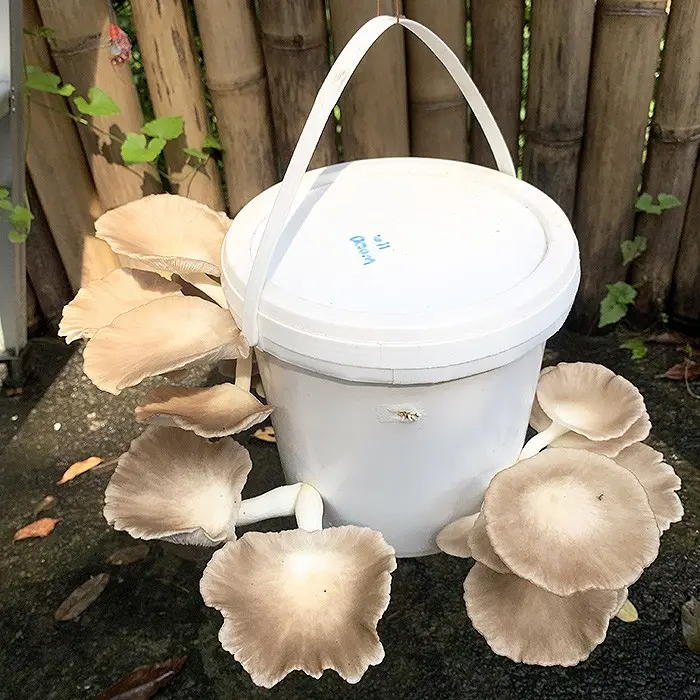
Oyster mushrooms are not just good for your health—they’re great for the planet. They grow on agricultural waste, require minimal water, and can be cultivated in small urban spaces.
In the U.S., many eco-conscious farms use oyster mushrooms to recycle coffee waste or straw into nutrient-rich compost, promoting zero-waste food production. Plus, their short growth cycle makes them one of the most sustainable crops available.
10. Why Oyster Mushrooms Deserve a Place in Every Kitchen
Oyster mushrooms combine gourmet taste, versatility, and impressive nutrition in one elegant package. Whether you’re a health-conscious home cook, a vegan foodie, or simply someone who loves experimenting with flavors, oyster mushrooms are a must-have ingredient.
They bring richness to soups, depth to sauces, and texture to meat-free meals—all while supporting your health and the planet.
So next time you’re at the market, pick up a handful of oyster mushrooms and let your creativity take over—because with these incredible fungi, every dish can be a masterpiece.
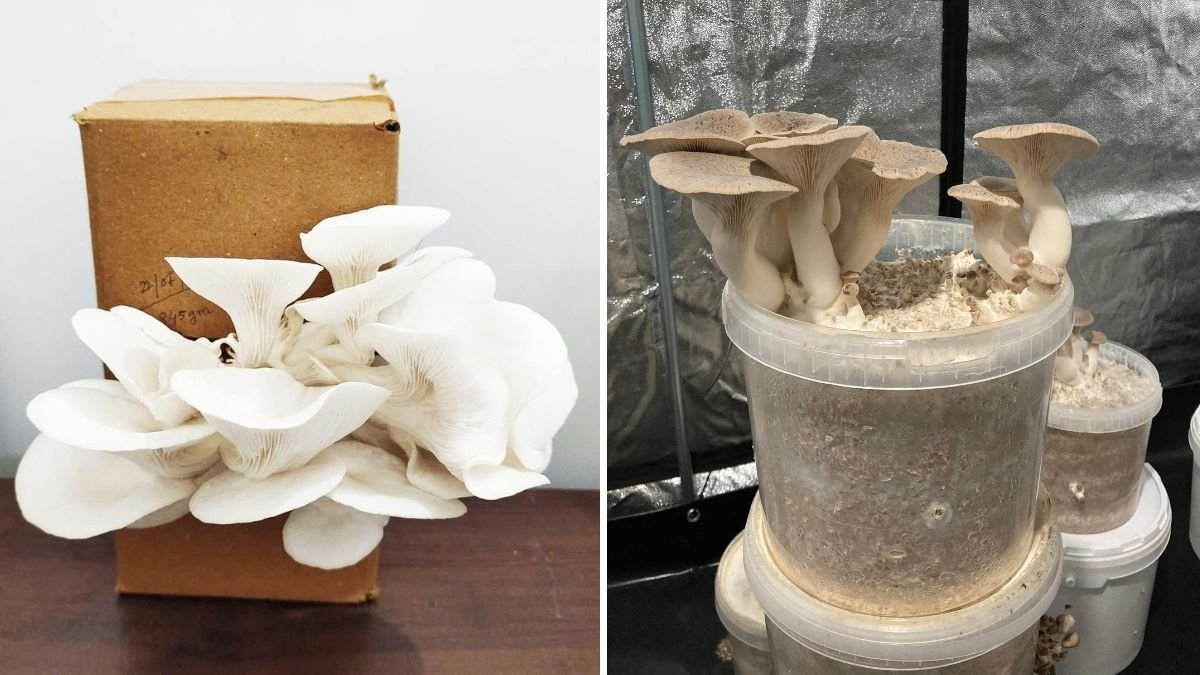
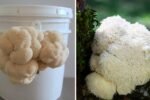
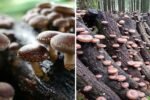

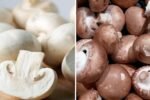

Leave A Comment